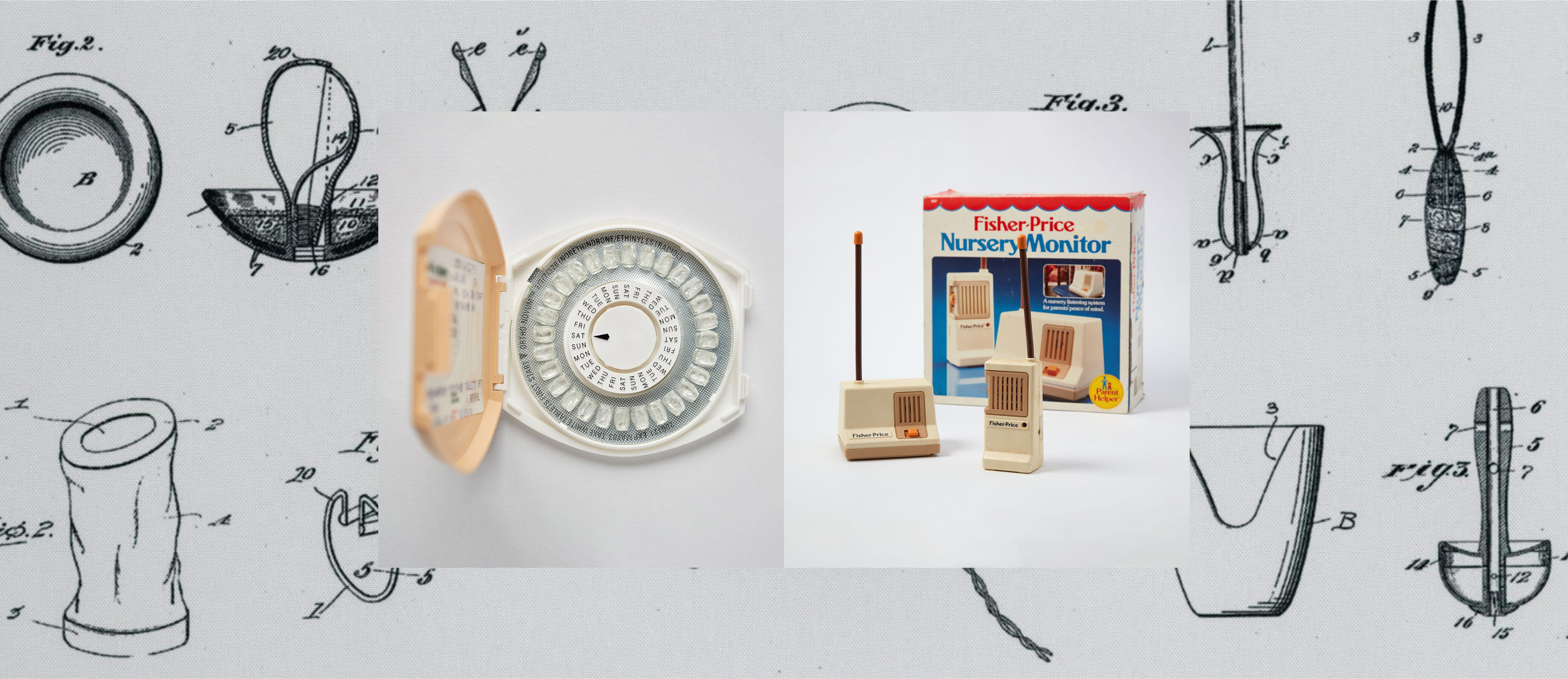

Innovation is often defined by what’s new: faster tech, smarter tools, better systems. But true innovation should also be defined by who it serves. Because progress that leaves people behind isn’t really progress at all.
Our team has been reflecting on this through several recent stories, ranging from digital usability to design for disability and reproductive care, and all of them point to the same truth: inclusivity and empathy are as essential to innovation as creativity and speed.
We recently came across an article on LinkedIn by James Dennis Allen, The Innovation Gap: Who Gets Left Behind in Health Tech? It raises a powerful question "Are we designing digital health tools that truly work for everyone?" At a recent event Managing the Pressure, our client Lifelight spoke about understanding their users’ needs, especially pertinent when their product is used to measure blood pressure and their audience may include older adults who face challenges with digital confidence. It’s a reminder that great UX isn’t just about sleek design, it’s about designing alongside the users, making user testing part of the process, not an afterthought.

We’ve seen similar lessons emerge outside of healthcare too. A BBC piece recently shed light on a simple but striking question: Why can’t amputees buy single shoes? While there is some progress with brands like Nike and Schuh taking action to offer single shoes, accessibility is still fragmented and often hidden behind complicated processes. Stefanie Reid, a track and field paralympian, has made it her mission to show people the truth and challenge brands to better their policies. As we see it, designing for inclusion means recognising real people and their everyday needs, not just designing for the majority.

Another area where innovation has too often lagged behind is women’s and reproductive health. The exhibition Designing Motherhood at the Museum of Art and Design is shining a light on how design shapes birth, care and recovery. It’s a powerful example of how art and design can deepen cultural awareness and challenge systemic blind spots.
We’ve explored this ourselves on our podcast, Trail Blazers, in conversation with journalist Marina Gerner, discussing how design gaps affect women’s care and representation. It’s these types of conversations and exhibitions like ‘Designing Motherhood’ that remind us innovation isn’t just about technology, it’s about equity, empathy and the people at the centre of it all.
